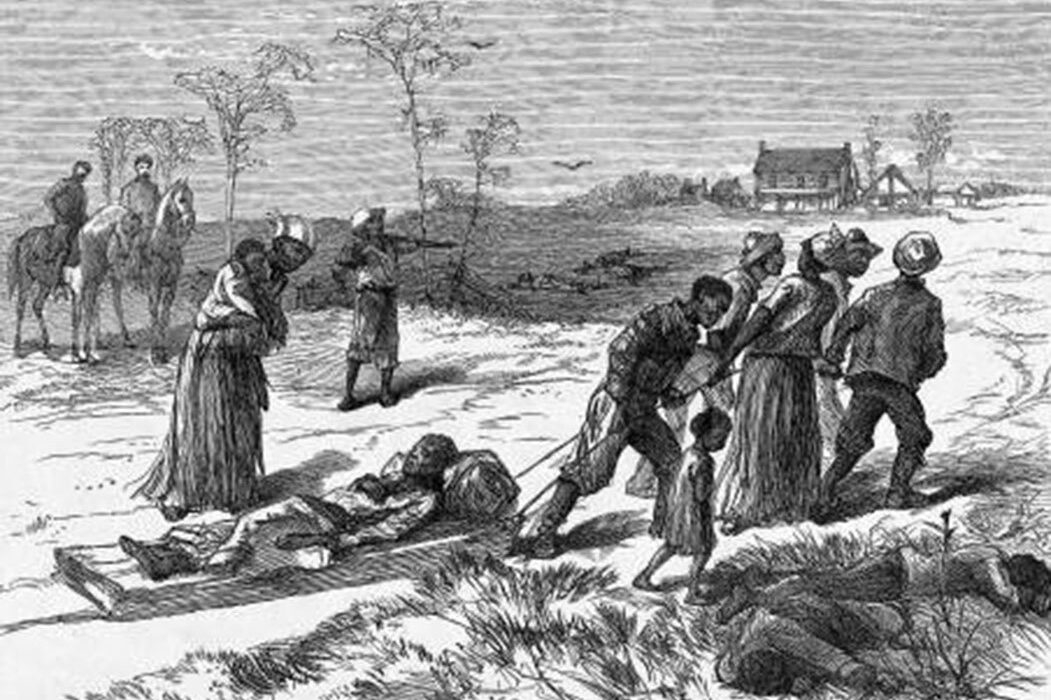The Colfax massacre was a violent event that took place on April 13, 1873, in Colfax, Louisiana, in which a white mob killed an estimated 150 – 300 African Americans. The event is considered one of the most significant racial massacres in the history of the United States, and it has been cited as an example of the challenges faced by African Americans during the period of Reconstruction following the Civil War.
By Nkwocha Chinedu January 10, 20239
The Colfax massacre occurred during a power struggle over control of the Grant Parish courthouse in Colfax, Louisiana. The courthouse, which had been the site of a previous violent altercation between white and black factions, had come to symbolize the struggle between the two groups for political and economic control in the area.
At the time of the Colfax massacre, Louisiana was in the midst of a disputed governor’s race between Republican William Kellogg and Democrat John McEnery. The state was also still recovering from the effects of the Civil War and the subsequent period of Reconstruction, during which African Americans in the South had gained greater rights and political representation.
As tensions between white and black residents of Grant Parish escalated, a group of black residents and their allies, many of them veterans of the Union army, occupied the courthouse in Colfax in order to prevent it from being seized by white supremacists.
On April 13, 1873, a white mob of approximately 150-200 men, many of them Democrats, attacked the courthouse with the intention of regaining control of the parish government and expelling the black residents from Colfax.
The attack on the courthouse was brutal and indiscriminate, with the white mob firing into the building and setting it on fire. Many of the black residents and their allies were killed in the fire, while others, many of whom were trying to flee the area, were rounded up and executed.
This article appears in its entirety at the Talk Africana website. It can be read here.
